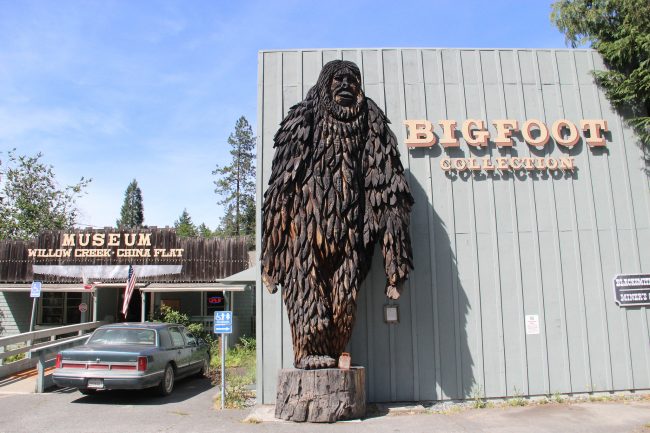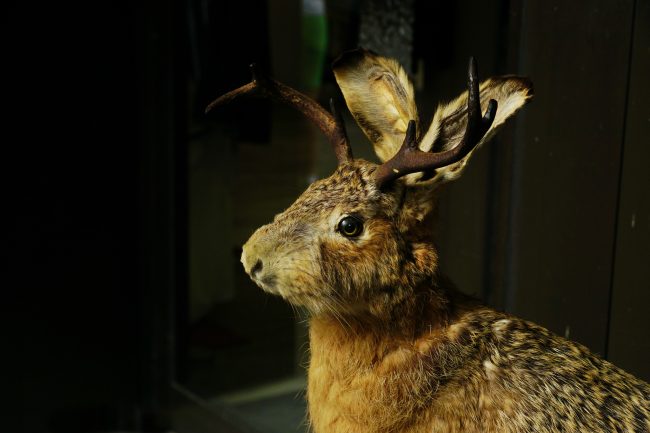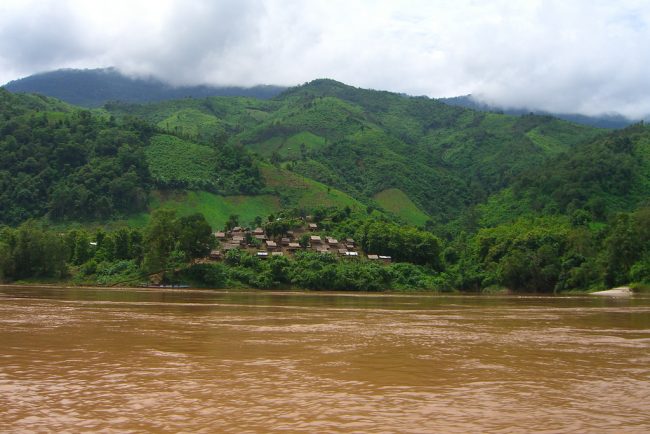

With Halloween approaching, witches, goblins and other scary creatures – real or imagined – will be on many people’s minds.
Mythical Creatures
There’s a long list of mythical creatures in countries around the globe. They include the Abominable Snowman of Nepal and Tibet.
The world-famous Loch Ness Monster which is said to reside in Scotland, and Sasquatch, also known as Bigfoot, which reportedly has been seen in the Pacific Northwest area of the United States.
Over many centuries, people have claimed sightings of beasts large and small, living on land or in the sea, walking or flying.
Whether they’re based on facts or fiction, evidence or imagination it’s up to each person to decide.
If you’re interested in finding out for yourself, here’s a starter list of cryptids, as the real or imagined creatures are called, each with their own believers.
Mythical Monster: Mothman
Residents of the U.S. need go no further than West Virginia to search for the Mothman.
That human-sized being with red eyes and the wings of a moth supposedly was spotted in the 1960s prior to the collapse of a bridge in that state which resulted in the deaths of 46 people.
Mythical Monster: Sasquatch
Sasquatch is described as being ape-like, up to 10 feet tall and weighing as much as 500 pounds.
It’s best known for leaving oversized footprints, a story whose roots were planted in 1958 when a bulldozer operator discovered huge tracks at a construction site.

More Cryptids
In keeping with the frightening aspect of Halloween, let’s check out cryptids that are said to have had a taste for human flesh.
In the traditions of New Zealand’s native Maori people, the violent Maero fiends devoured their prey after killing them with long, sharp fingernails.
Two people-eating cryptids are said to have terrorized France in bygone days. In medieval times, the dragon-like Peluda devoured both humans and livestock after killing them with poisonous stingers.
In the mid-18th century, the Beast of Gevaudan terrorized a region of southern France, using its formidable teeth to tear out the throat of its intended meal.
The 12-foot-tall Cherufe in Chile was believed to live in volcanoes and to cause eruptions and earthquakes.
Locals said that the only way to satiate its taste for human flesh was by throwing a sacrificial victim into its volcanic home.

Mythical Creatures in German Folklore
The Wolpertinger of German folklore is a small mammal comprised of various body parts.
According to most descriptions, it has the head of a rabbit, the body of a squirrel, a deer’s antlers and the wings of a pheasant.
Adding to its lore is that what are said to be stuffed Wolpertingers are offered for sale to tourists as souvenirs.
The German Elwetritsch and Hawakai both were bird-like creatures.
The Icelandic Lagarfijot, a large worm-like beast, reportedly has been sighted as recently as 1998.
While the Australian Hoop Snake chases its intended victims by grasping its tail in its jaws and rolling after them like a wheel.
Mythical Creatures in Indonesia
Indonesia is said in local folklore to be home to the small, somewhat human-like rather kindly Ebu-gogo, which are believed to kidnap children hoping to learn from them how to cook.
On the other hand, the Oranj-Bati, a vicious flying bat-like ogre in Indonesia, carried off children and ate them.
Skeptics who doubt the existence of cryptids, except in other people’s imaginations, point to instances when there are other explanations for reported sightings, or when they turned out to be a suspected, or proven, hoax.

Mythical Creatures in Australia and New Zealand
For example, the Australian Bunyip in Aboriginal tradition, a beast sporting a crocodile-like head, dog face with a duck-like bill, horse tail and flippers.
It has been attributed to the fact that seals have been known to visit the area of sightings.
Theories of reports in New Zealand of an unidentified small amphibious mammal covered by brown fur with white spots and short legs suggest that it may be an otter or beaver.
Some people in Thailand believe that a semi-divine serpent-like creature called Phaya Naga lives in the Mekong River, causes unnatural waves in the water and leaves tracks on land.
However, scientists at the country’s leading university who researched those phenomena concluded that the river waves are natural and the tracks probably were forged by people.
Another possible explanation for cryptid sightings resulted from the story of the Gunni, a creature resembling an Australian wombat but with stripes on its back and antlers on its head.
Gold miners reported seeing the beast in the 1860s and the latest sighting, real or alleged, took place in 1999.
However, investigation of those incidents concluded that they probably were caused by “a fertile imagination or rough liquor.”
Are cryptids real or romanticized, indisputable or imagined?
The decision is yours, and a trip to ground zero, where sightings of these unique beings took place – or didn’t – may help answer that question.
Even if it doesn’t, you’re likely to have an enjoyable time doing the research.
Author Bio: After gallivanting throughout the United States and to more than 75 other countries around the world, and writing about what he sees, does and learns, Victor Block retains the travel bug. He firmly believes that travel is the best possible education, and claims he still has a lot to learn. He loves to explore new destinations and cultures, and his stories about them have won a number of writing awards.
